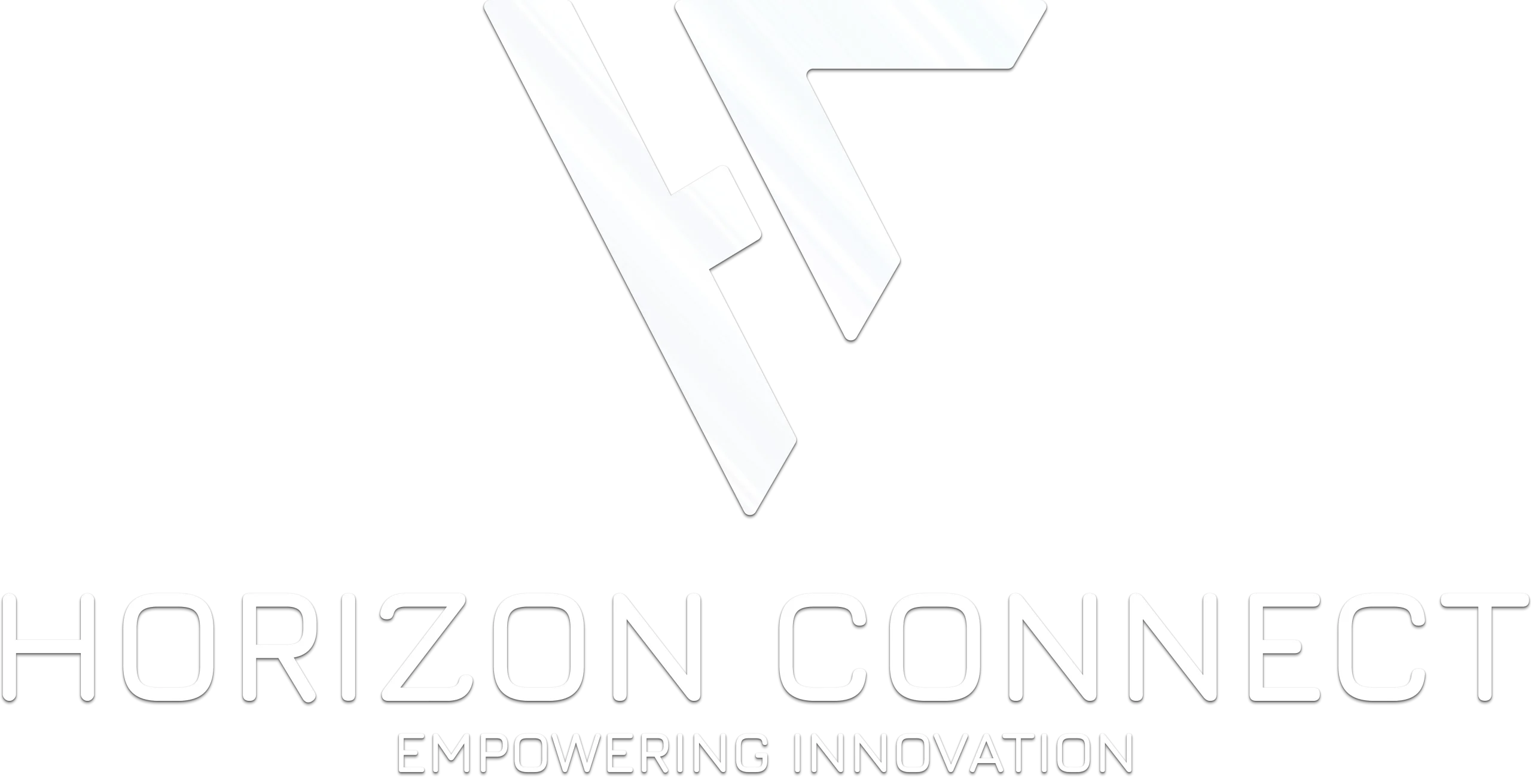In today’s mobility landscape, how machine learning is driving smarter vehicles is more than a trend—it’s the backbone of innovation. From Advanced Driver Assistance Systems (ADAS) to fully autonomous driving, machine learning (ML) is transforming vehicles into intelligent, data-driven platforms. At Horizon Connect, we’re advancing this evolution by integrating AI with vehicle connectivity and sensor fusion to make mobility safer, smarter, and more efficient.
Machine Learning in ADAS: Enhancing Road Safety
Modern smart vehicles rely on ML-powered ADAS to interpret data from cameras, LiDAR, radar, and ultrasonic sensors. These systems make real-time decisions that assist drivers and prevent accidents. Common ML-powered ADAS features include:
- Lane-Keeping Assist: Detects road markings and keeps the vehicle centered.
- Adaptive Cruise Control: Maintains safe distance using AI predictions.
- Automatic Emergency Braking: Uses vision models to recognize collisions and act faster than human reflexes.
- Pedestrian Detection: Deep learning helps identify and respond to nearby pedestrians.
Autonomous Driving: Machine Learning Takes the Wheel
True autonomy hinges on ML’s ability to make split-second driving decisions. In autonomous vehicles, machine learning:
- Integrates sensor inputs (LiDAR, radar, GPS, cameras) through sensor fusion.
- Predicts the behavior of surrounding vehicles and pedestrians.
- Plans optimal routes using AI logic.
Smart Mobility: ML Meets Vehicle Connectivity
Beyond autonomy, how machine learning is driving smarter vehicles extends into connectivity. AI helps optimize urban mobility through:
- Vehicle-to-Everything (V2X) communication for safer and more synchronized driving.
- Adaptive Traffic Control powered by AI for reducing congestion.
- EV Smart Charging with ML predicting grid load and optimizing schedules.
These ML-driven features make connected vehicles central to the future of smart cities, reducing emissions and improving traffic flow.
Challenges and the Road Ahead
Despite impressive progress, smart vehicle ML still faces:
- The need for massive datasets for model training.
- Safety assurance across all weather and lighting conditions.
- Cybersecurity concerns with real-time connected systems.
Yet, the future is promising. Horizon Connect is investing in software-defined vehicles, continuous OTA updates, and AI-enhanced diagnostics to push smarter mobility forward.
Conclusion
Machine learning is no longer a futuristic concept—it’s already transforming how vehicles think, learn, and operate. As connected vehicle solutions continue to grow, ML remains the backbone of safer, smarter mobility.
At Horizon Connect, we build infrastructure that empowers automotive intelligence through reliable connectivity and robust data pipelines—enabling OEMs to harness the full potential of machine learning in mobility.


